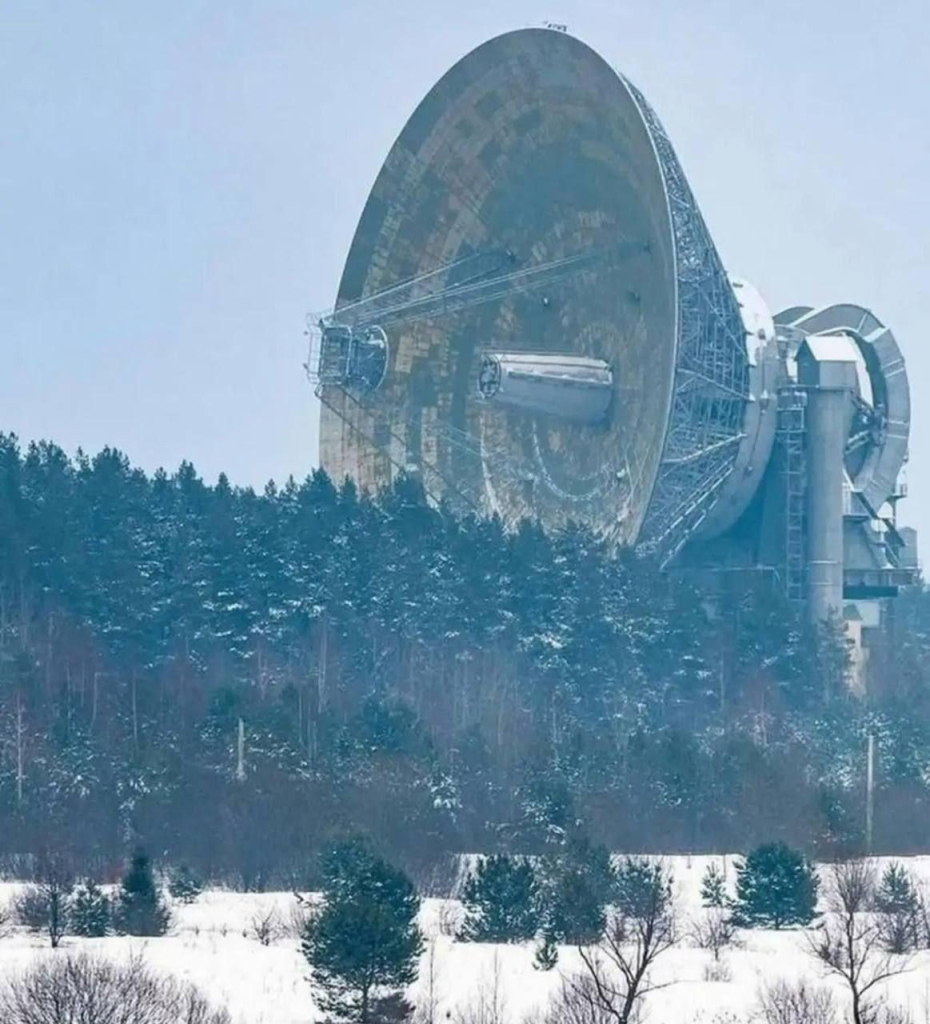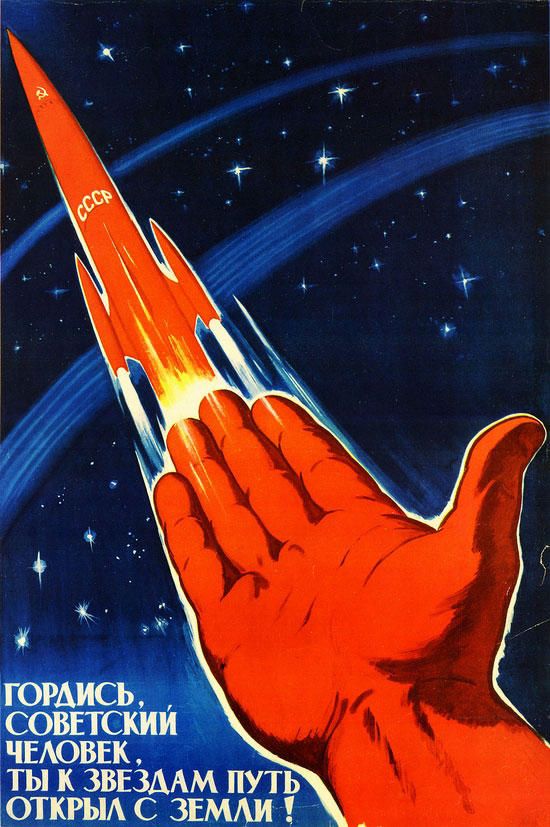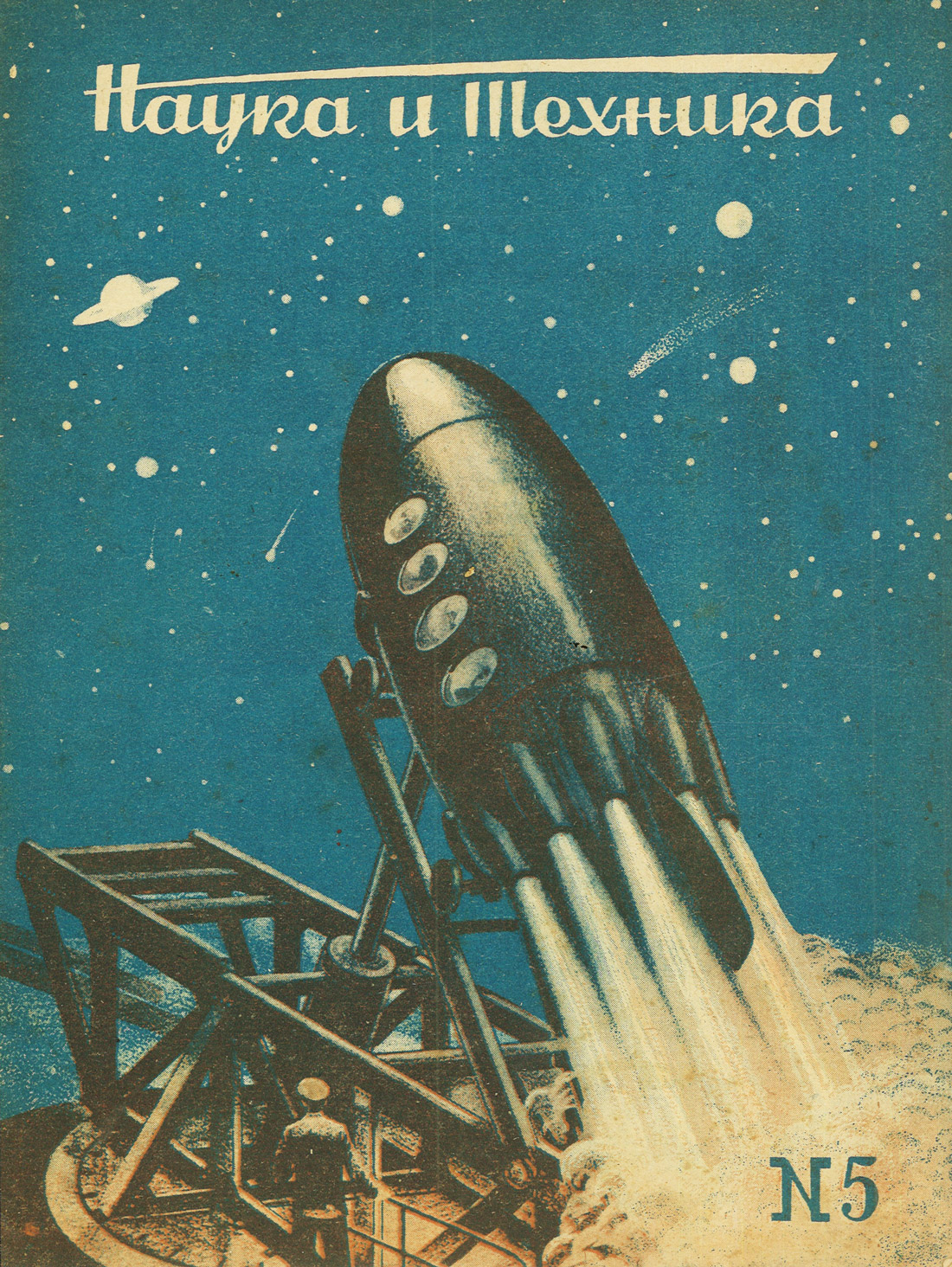Suche
Beiträge, die mit COSMOS getaggt sind
https://www.wionews.com/web-stories/science-technology/mars-jupiter-venus-and-more-6-planets-to-be-visible-from-earth-on-jan-21-8610147
KEWL🌀NEWS #COSMOS #PLANETS #SPACE #PRESS
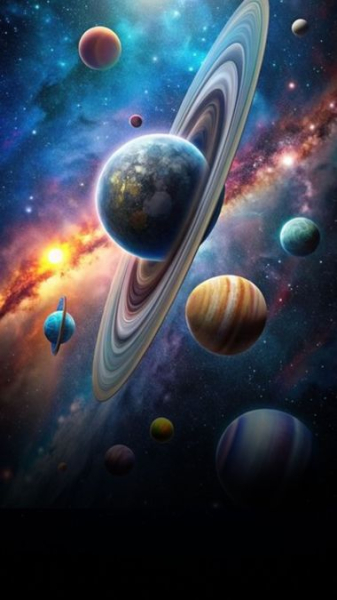
'Mars, Jupiter, Venus and more': 6 planets to be visible from Earth on Jan 21
Six planets — Mars, Jupiter, Uranus, Venus, Neptune, and Saturn — will align in Earth's sky this month, creating a planetary parade on January 21 and 25Wion Web Desk (Wion)
https://gizmodo.com/heads-up-the-brightest-comet-of-the-year-may-light-up-the-sky-next-week-2000546273
#COMET #COSMOS #SPACE #KEWLNEWS #PRESS
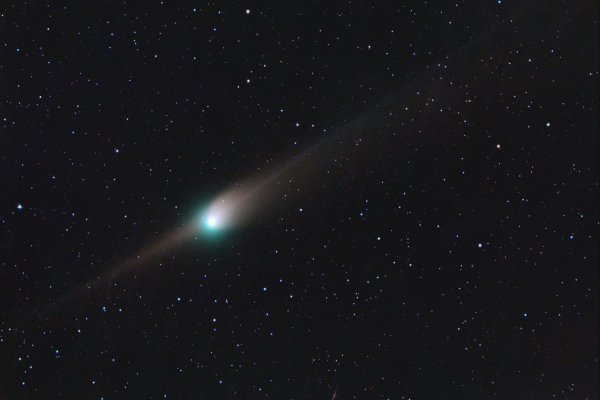
Heads Up: The Brightest Comet of the Year May Light Up the Sky Next Week
Set your eyes on the night sky this week and you may catch a glimpse of the New Year comet.Isaac Schultz (Gizmodo)
There is no need for a reason for mysterious beauty.
#photography #nature #art #写真 #日本 #japan #beautiful #beauty #bloomscrolling #花 #flowers #flower #landscape #scenery #ファンタジー #fantasy #秋 #autumn #fall #vintage #retro #classical #filmlike #コスモス #cosmos #mysterious #sunlight #sun #light
Savage noted the engineering differences between the two. The Apollo suit was a bit complicated, requiring separate pieces of the suit to be put together before a backpack could be attached. The Krechet had a one-piece hardbody interior that could only be entered via backpack, a design that NASA is currently using in their Artemis space suits.

#USA #USSR #space #cosmos #engineering #history
The Engineering Differences Between US and Soviet Spacesuits From the 1960s
While visiting the National Air and Space Museum, Adam Savage examined David Scott's Apollo 15 A7LB and a Russian Krechet moon suitLori Dorn (Laughing Squid)

Sputnik 04.10.1957 The First Artificial Earth Satellite.
Spacecraft PS-1 (the simplest satellite-1) was a ball with a diameter of 58 centimeters, weighed 83.6 kilograms, was equipped with four pin antennas with lengths of 2.4 and 2.9 meters to transmit signals from battery-powered transmitters.
#history #sputnik #space #cosmos #anniversary
Life seems to have been found. But not where they were looking
It is unlikely that it will be possible to explore even the nearest exoplanets with the help of automatic spacecraft in the current century. It is quite possible, however, that the answer will be found very close, on our closest neighbor in the solar system - on Venus. The surface temperature of the planet (735 K, or 462°C) and the enormous pressure (87–90 atm) of its gas envelope with a density of 65 kg/m3, consisting mainly of carbon dioxide (96.5%), nitrogen (3.5%), and traces of oxygen (less than 2·10–5%), are close to the physical conditions on many exoplanets of a special class.
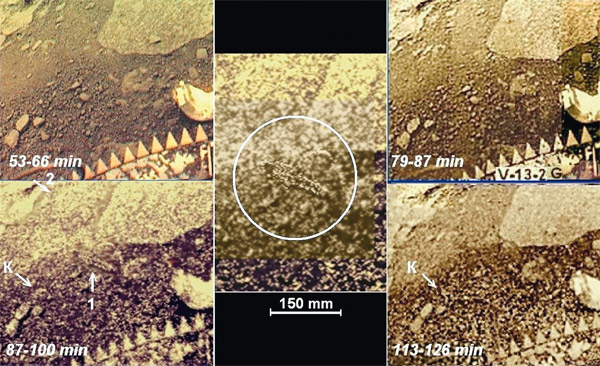
Recently, television images (panoramas) of the surface of Venus, obtained thirty years ago or more, have been re-examined and processed. They found several objects ranging in size from a decimeter to half a meter, which changed shape, position in the frame, appeared in some images and disappeared in others. And on a number of panoramas, precipitation was clearly observed, which fell and melted on the surface of the planet.
...
#science #cosmos #space #venus #life #history #USSR
Жизнь, кажется, нашли. Но не там, где искали
Следуя некоторым видам поиска, мы смогли бы обнаружить жизнь, базирующуюся на совершенно ином химическом составе (без углерода и/или воды).www.nkj.ru





